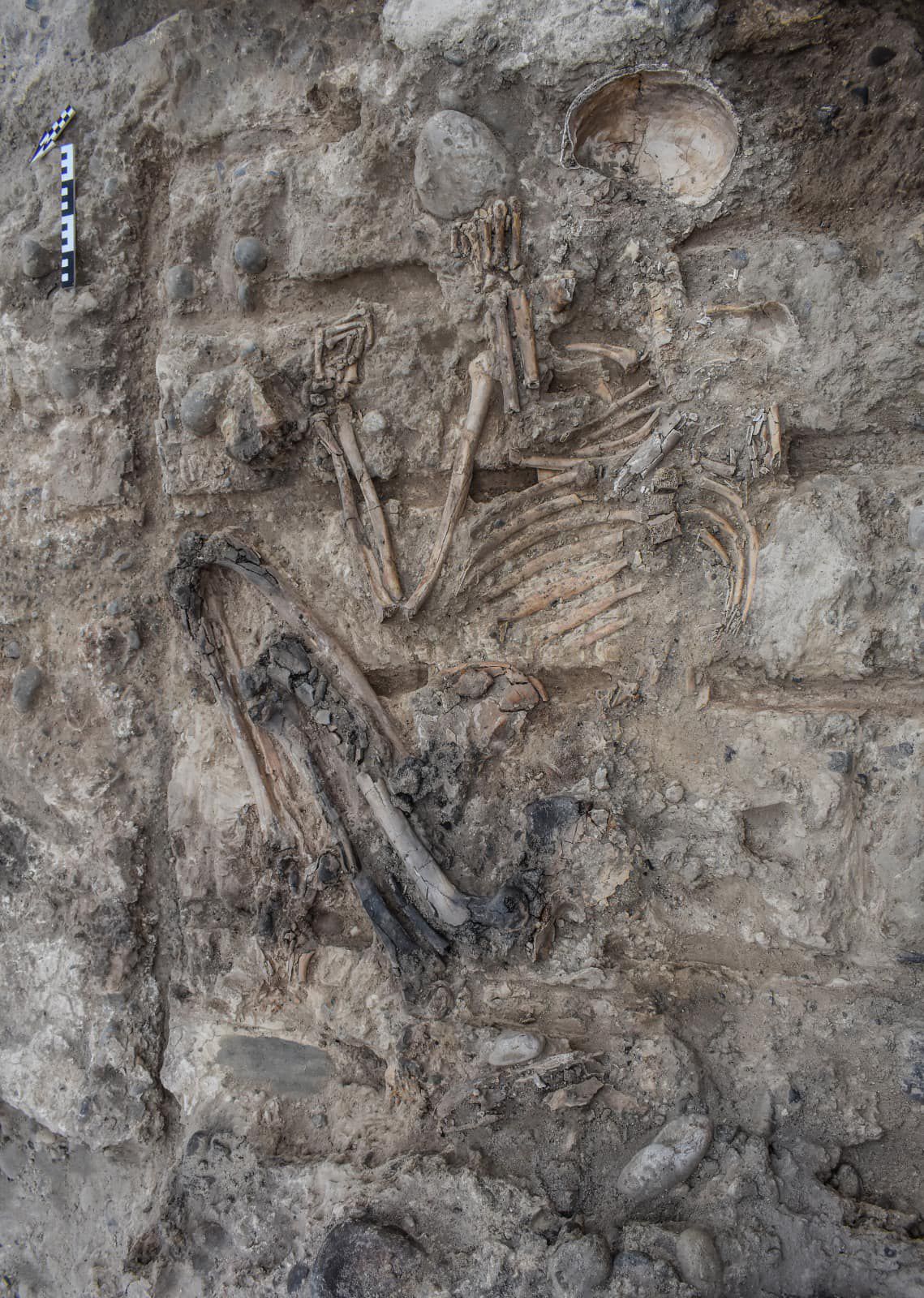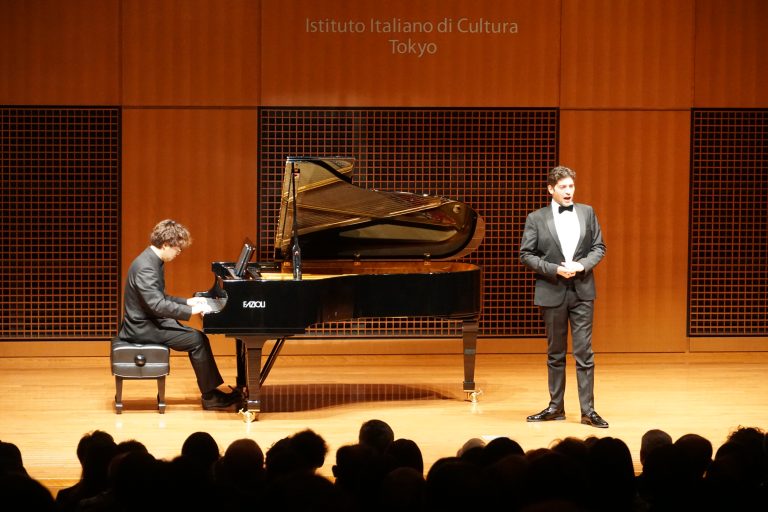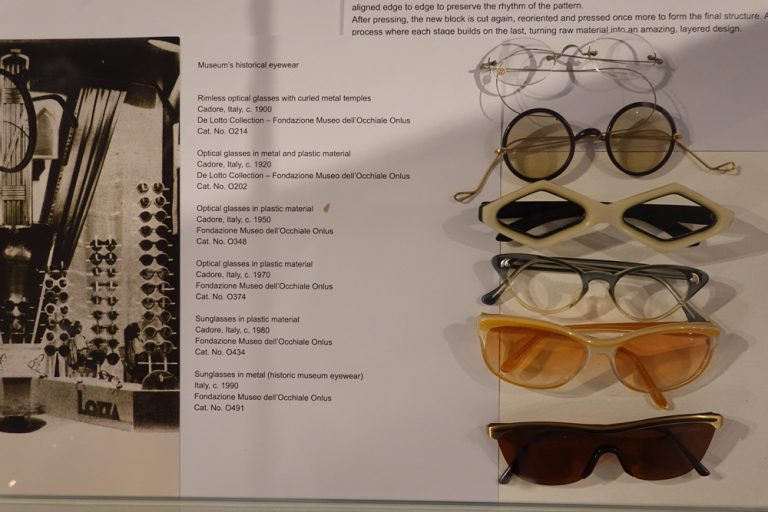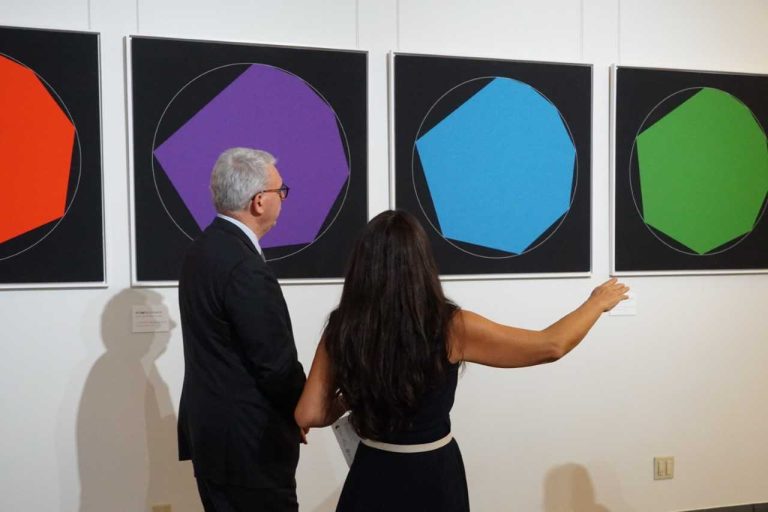Excavations by the Italian archaeological mission in Azerbaijan have resumed as part of the GaRKAP (Ganja Region Kurgan Archaeological Project) funded by the Italian Ministry of Foreign Affairs and International Cooperation.
The main objective of the archaeological project is to learn about the history of the populations of western Azerbaijan from the 4th to the 1st millennium BCE. This initiative is the result of a collaboration between CAMNES in Florence, the University of Catania (Unict), and the Baku Institute of Archaeology and Ethnography (National Academy of Sciences of Azerbaijan, ANAS).
The Italian-Azerbaijani mission, which initially focused on the excavation of circular burial mounds with covered chambers (kurgans) in the Southern Caucasus, datable to a period ranging from the 4th to the 1st millennium BCE, is set to continue in 2021 with the excavation of a settlement (Tava Tepe) in the province of Agstafa, along the Kura River. An international staff of Italian, Azerbaijani and French scholars and students is involved in the digs.
Thanks to the support of the Italian government, the Kurgan Archaeological Park will soon become a new destination for local and international tourism.
In four years of collaboration, the archaeologists working on the project have excavated numerous burial mounds and, in particular, in the province of Goranboy, they have unearthed the oldest kurgan from the Kura-Araxes period, dating back to 3660 BCE. Thanks to this discovery, amidst human remains and charred sledges, a portrait emerges of a nomadic society of an egalitarian type, divided into beliefs and magic cults. The kurgans are the clear expression of a funerary tradition that originated in the Russian steppes during the 5th millennium BCE and which then slowly moved southwards, throughout the Southern Caucasus region, becoming one of the few tangible elements of the presence of nomadic populations in this region between the 4th and 1st millennium BCE. Already known from the accounts of the Greek historian Herodotus (5th century BCE), these structures are of extraordinary interest to scholars intent on combining the examination of funerary customs with the investigation of nomadic communities.










